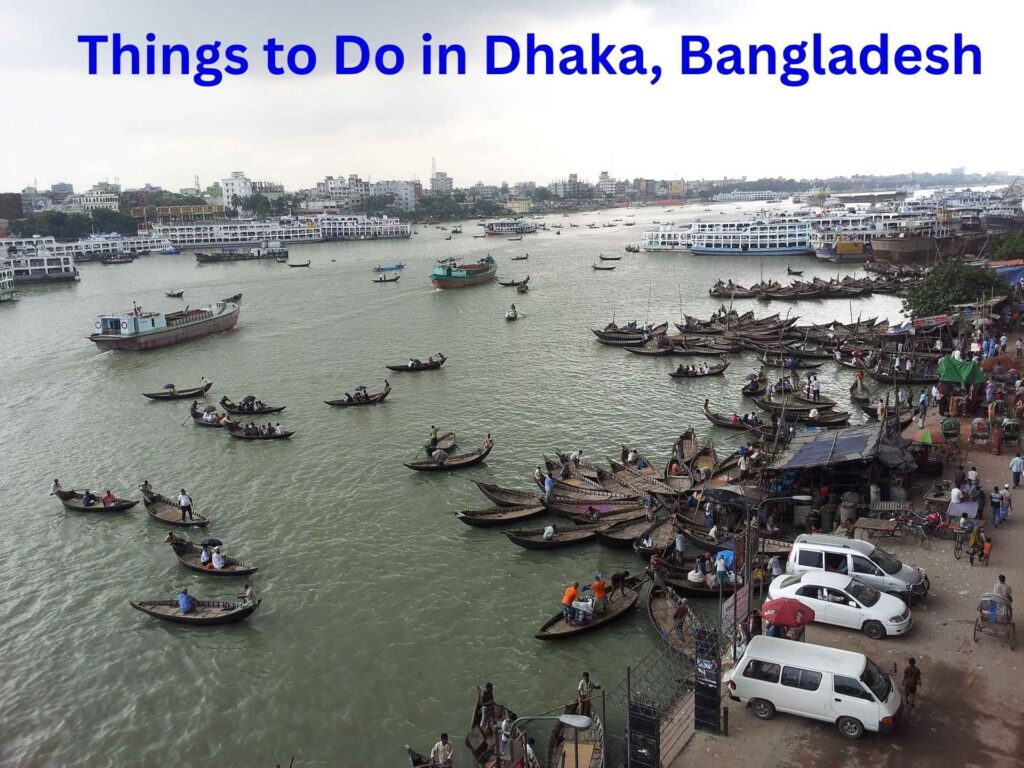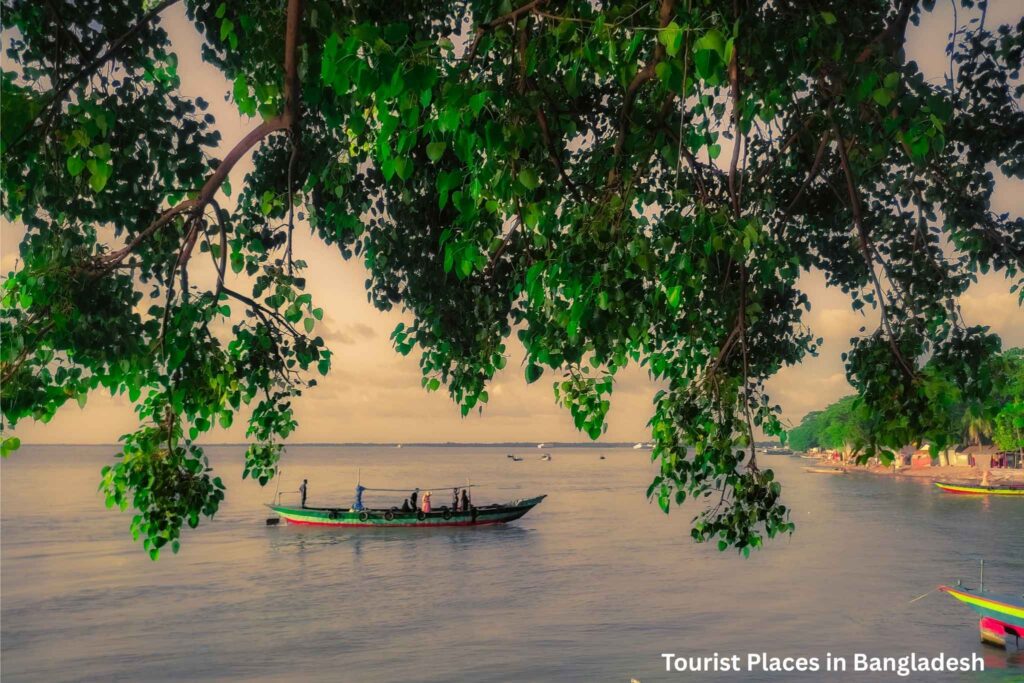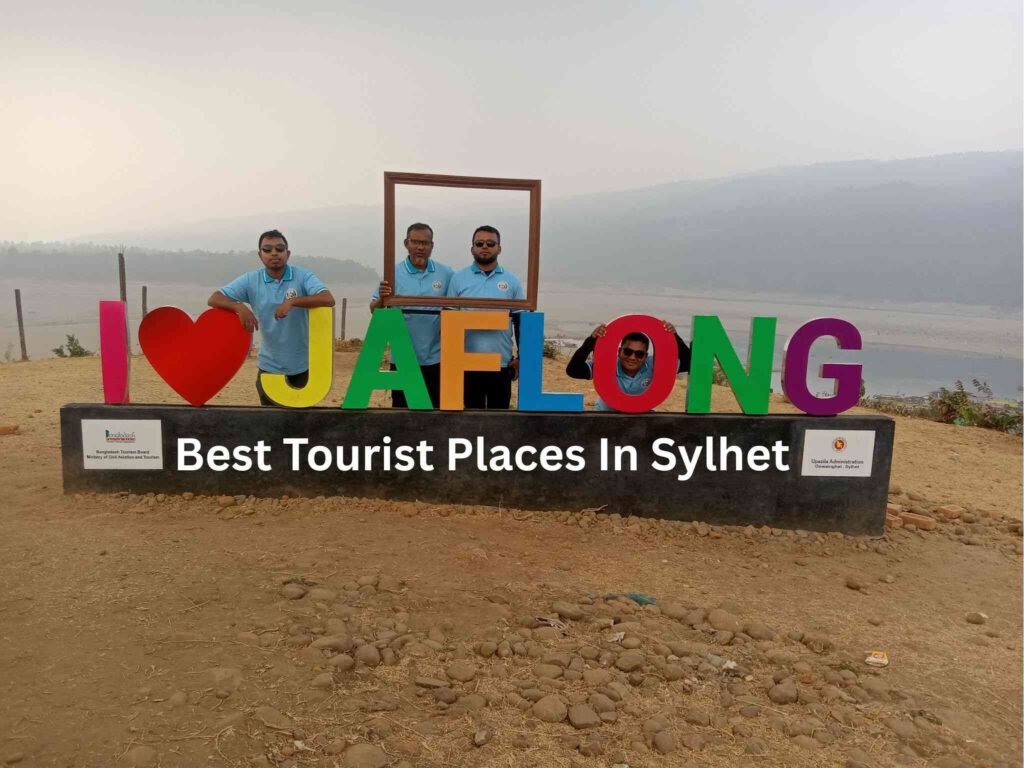Dhaka is the Bustling capital of our country. It is a megacity. Different parts of the city carry various types of vibes. Dhaka is a rapidly growing city; it is developing so fast. Dhaka offers a mixture of its rich heritage, colonial influences, and modern advancements. Dhaka is also a mysterious destination for visitors. Dhaka offers a rich and immersive experience for all who visit. Dhaka and its surrounding parts also promise an unforgettable experience for visitors and locals.
Now I explain things to do in Dhaka
Old Dhaka Bangladesh
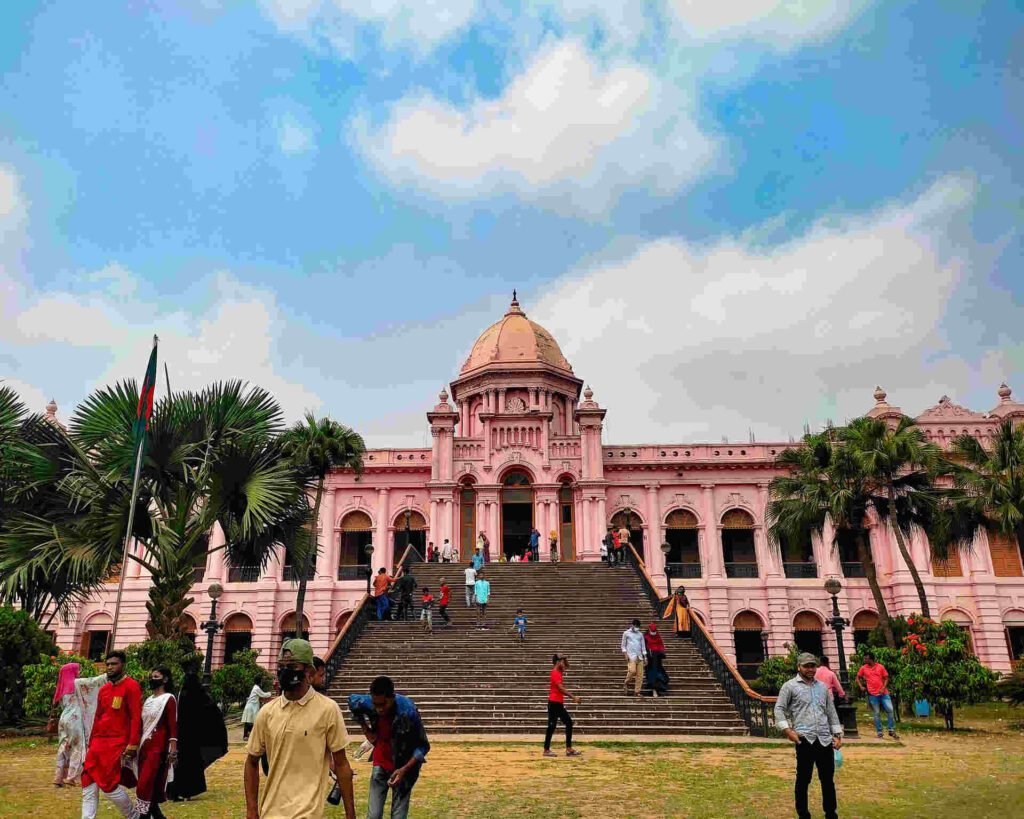
Old Dhaka is the historical part of Dhaka. Old Dhaka is renowned for its diverse cuisine and the harmonious coexistence of people from every religion. The city has narrow alleys, and the roads are also narrow. The streets and shops in the marketplaces feel so energetic. Some artisan shops still practice making traditional crafts. Ahsan Manzil, Lalbagh Fort, and Shankhari Bazar are Historical places of Old Dhaka. These places reflect the rich historical background of Old Dhaka. Rickshaw art and handmade kites indicate the traditional history as well. It’s a restless yet mesmerizing part of the city.
Best Time to Visit Old Dhaka
The weather is cool and perfect for sightseeing from November to February. So, explore Old Dhaka during Winter. But you can visit any time.
Things to Do in Old Dhaka
Dating back to the ancient Mughal era, Old Dhaka is abundant with architectural splendour as well as rich history. Locations like Ahsan Manzil, famous for its pink charm, serve as a symbol of the city. Another famous site is Lalbagh Fort. Lastly, Shankhari Bazar is an ancient Hindu street where temples and artisans are located. One place that should be top listed for foodies is Old Dhaka.
They serve delicacies like Biriyani, Tehari, Kacchi, Polaw, Nehari, and Bakarkhani. One of the special features that Old Dhaka has is places beside the Buriganga River. Buriganga River is captivating, and I would encourage taking a boat ride. Another famous place worth visiting is Chowk Bazaar, which is renowned for its handicrafts, as well as traditional sweets and snacks. Street food in Dhaka’s Chowk Bazaar is Another Must-try. Old Dhaka has mouth-watering street food. There are many other places to visit, like the Star Mosque, which is a huge tourist attraction. The locals are extremely friendly, and whilst you make your way around Dhaka, you will be able to enjoy captivating rickshaw art.
How to Reach Old Dhaka
Old Dhaka is situated some 18-22 km south of Shahjalal International Airport. So it’s within taxi/CNG/Bus reach from anywhere in the city.
Sher-e-Bangla Nagar, Bangladesh
Sher-e-Bangla Nagar is a Thana of the Dhaka division. The region took its name from a well-known figure, A. K. Fazlul Huq, aka the Tiger of Bengal. Long and wide avenues and significant government buildings are located here, including the National Parliament and Ganabhaban. That is why it is a special place inside the capital. Louis Kahn designed the National Parliament. There are Several notable sites, such as the Liberation War Museum and Crescent Lake Park.
Best Time to Visit Sher-e-Bangla Nagar
Exploring Sher-e-Bangla Nagar should be in the months of Winter. During winter, temperatures and the environment are ideal for exploring outdoor monuments and taking architectural tours. If you visit anytime, you can see it.
Things to Do in Sher-e-Bangla Nagar
There are so many things to do in Sher-e-Bangla Nagar. Visit the National Parliament House. The National Parliament House is a creative work in Bangladesh. Its balanced architecture and serene waterfront make it a perfect spot for photography and guided explorations. The Liberation War Museum nearby is a must to go place cause it tells us about the glorious history of Bangladesh’s independence. Wandering through Crescent Lake is a great option to avoid the city’s noise and have some peaceful moments. Ganabhaban and the official residences have some green landscapes for a morning walk and cycling. Sher-E-Bangla Nagar carries a unique beauty.
How to Reach Sher-e-Bangla Nagar
Sher-e-Bangla Nagar has numerous traveling facilities such as public buses, taxis, and ride-sharing. It is located at least 12 km from the city hub and is easily accessible from various parts of the city.
Mirpur, Bangladesh
Mirpur is a miniature area of the capital. It is an eye-catching area known for its combination of inhabitants, communities, sports arenas, and communal institutions. Mirpur Zoo and Bangladesh National Cricket Stadium are the notorious places of Mirpur. Mirpur is popular for its special original road food and glowing shops. Mirpur is not only a historical and sporting attraction but also a place of vibrant marketplaces and authentic street food. Whether roaming in local destinations or exploring Mirpur’s rich heritage, the area will give an amazing experience to all.
Best Time to Visit Mirpur
Explore Mirpur in November-February, when the environment seems comfortable, which allows visitors to fully enjoy outdoor attractions. All places are open 24 hours here. So you can visit any time.
Things to Do in Mirpur
Bangladesh National Zoo is a signature attraction of Mirpur. It is a perfect place for family outings and home to a diverse range of wildlife. The zoo offers a chance to experience native and unique animals from close. The Botanical Garden is great for nature lovers and photographers; visitors can walk through and take photos. The Botanical Garden is a peaceful place with a scenic walking path. There is a Cricket Stadium located in Mirpur. Cricket fans can enjoy a live cricket match in the stadium. The slain Brainy Memorial is meaningful to visit, where you can pay tribute to the memory of the Intellectuals who were martyred.
You can go to show respect for the martyred intellectuals. It is a solemn site to honor national heroes. Explore the National Museum of Science and Technology for an educational excursion. Local snacks like chotpoti, fuchka, and jilapi from street food carts are a must-do. The food stalls around Mirpur are bustling in the evening, and they offer a taste of authentic Bangladeshi street flavors. The wide range of experiences in Mirpur makes it a popular destination for both residents and visitors.
How to Reach Mirpur
Mirpur is approximately 15 km from the airport and can be easily reached by utilizing various transportation systems, including the metro rail, local buses, or ride-sharing services, from different areas of Dhaka.
Narsingdi, Bangladesh
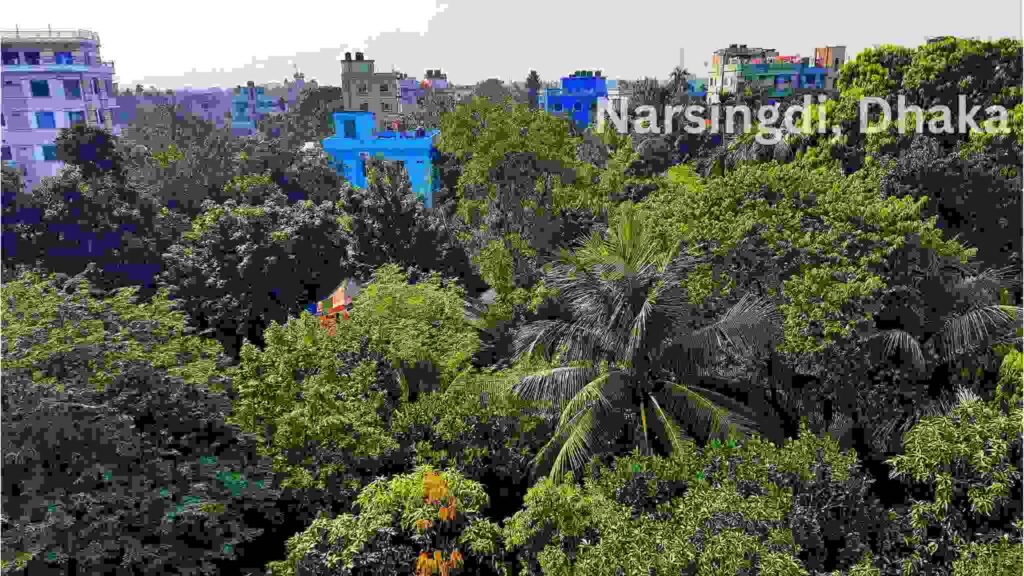
Dhaka division is a district of Vek and the textile industry. The vivid sari markets and handlooms have made Narsingdi famous. This district is a symbol of Bangladeshi beauty and culture. In addition to the weaving industry, Narsingdi enables appreciation of local weavers who have inhabited this place for ages. Fabrics of all types fill the markets, and the countryside reveals a world where such craftsmanship is still alive. The calm Meghna River beautifies the city and enhances the view while walking or boating. The town is sketched with beautiful countryside and rivers.
Best Time to Visit Narsingdi
The easiest answer is that Narsingdi is best explored between November and February, when winter embraces the country. When it’s autumn, the weather becomes cool and less humid, which is perfect for going to markets and watching the skies.
Things To Do in Narsingdi
Travel to the busy Baburhat Market, one of the focal points of sari production in Bangladesh. Snap some memorable photos and shop to your heart’s content. Visit a rural weaving village in a nearby area, where you can see this traditional handloom weaving. Luckily, the city has the Meghna River, which runs close by, so one spends some time going for a boat ride on the river to behold the serene, tranquil countryside.
Mouthwatering local food is cooked in homes and restaurants in the area. Have a 10 -10-minute walk through the beautiful paddy fields. Participate in fairs and cultural festivals. Festivals are great times. Narsingdi is the parade of simplicity, culture, and work style. To escape the city’s chaos, Narsingdi is a preferred place.
How to reach Narsingdi
It takes 1.5 to 2 hours to reach Narsingdi by train or bus from Dhaka. The city is on the northern side of the main capital.
Gazipur, Bangladesh
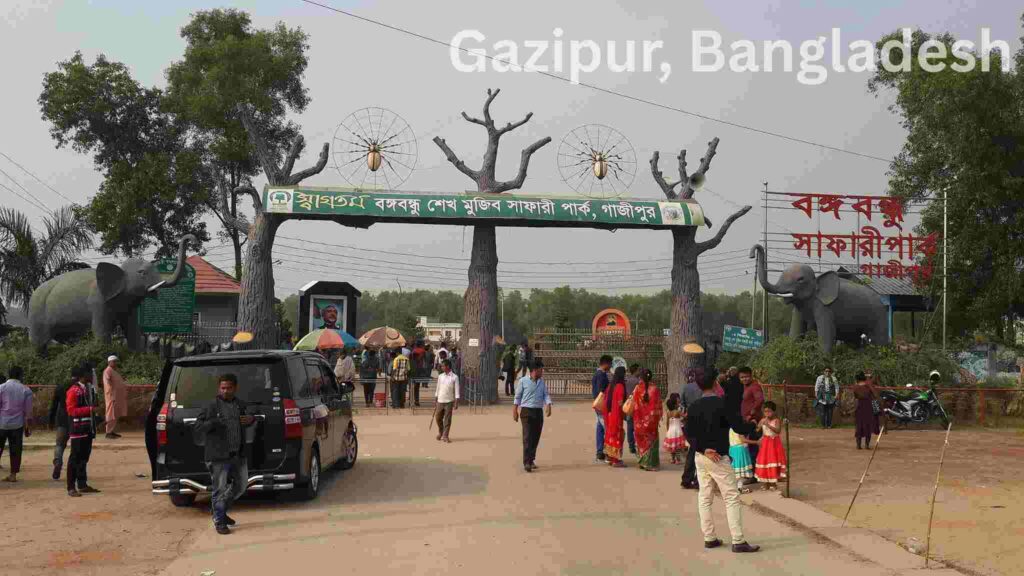
Gazipur is an environmental city of Bangladesh. It is crowned by forests, parks, and innumerable eco-resorts. Among its places of interest are Safari Park, Ecopark, and Bhawal National Park. These places are ideal for family outings and making a day for nature lovers. Gazipur houses the ancient site of Bhawal Rajbari.
Things to do in Gazipur
What a heavenly day in the National Park there would be, so much to see and so many views. Savor the Sal jungles, the variety of birds, and the wildlife. Bangabandhu Sheikh Mujib Safari Park is another attraction to visit. Zoos are alright, but seeing the animals in a half-field, half-free setup like most of the safari parks is amazing. Visiting Bhawal Rajbari will give you an idea of how it was in prehistoric days. Partake in some of the resort activities, including paddle boating, zip lining, and biking.
There are small amusement parks for children, so it’s fun for family outings. It’s a wonderful escape from the city. It’s a great, away-from-town visit. Experience how the winter wonderland looks in foggy mornings – in total silence and the gentle calm of nature.
Best Time To Visit Gazipur
The best time to visit Gazipur is between April to October. But you can visit all year round. During these months, the weather is enjoyable for park activities and overnight camping in eco-resorts.
How to Reach Ghazipur
Dhaka and Gazipur are about an hour apart. It is 30–40 km from Dhaka and can be reached by car, bus, or train. It has connected roads, and many resorts provide pickup services for visitors.
Kishoreganj, Bangladesh
Kishoreganj is a city of religious heritage, rich folk culture, and peaceful villages along the river. Traditional songs and many traditional festivals take place throughout the year in Kishoreganj. Kishoreganj is home to the largest Eidgah field in Asia. The historical place like Jangal Bari fort, speaks of the other side of the glory of Kishoreganj.
Best Time to Visit Kishoreganj
Kishoreganj is a winter place. Cannot possibly miss some Eid festivals that merge spiritual and cultural activities while enjoying Eid holidays in good weather.
Things to do in Kishoreganj
Sholakia Eidgah Maidan is one of the places in Kishoreganj you must see because it is the prayer venue for over a hundred thousand Muslims during Eid and other major Eid gatherings. Take a cruise to view Narasunda, Meghna, and other beautiful rivers. One of the highlights of the other local festivals is the folk music fest; attending and watching Baul geeti is a must-visit excursion. Local food specialties include pitha and other traditional sweets, which are quite popular. We can visit the houses of many poets and writers who are famous for their works and literature, and who came from this region. Whether you choose to travel in towns by bike or on foot, Kishoreganj is culturally rich and full of spiritually calm places ideal for those who want peace away from the city and can sit quietly contemplating.
How to reach Kishoreganj
Kishoreganj is estimated to be more than 100 km from the main capital City. It takes less than three hours to get there when you travel by train, bus, or private car, of course, depending on traffic and the type of transport.
Savar, Bangladesh
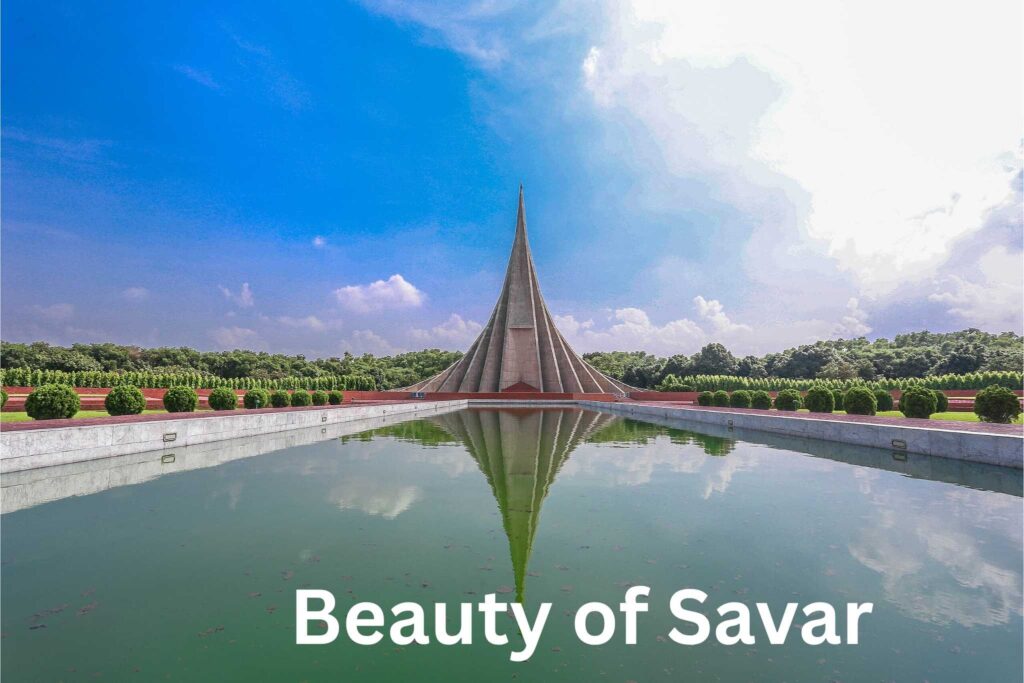
Savar is an industrial area bursting with economic activity. This town also boasts the exquisite astride Jahangirnagar University, the ecotourism hotspots, and the rural landscapes, which serve as a perfect retreat from the chaos of Dhaka. The picturesque lakes provided at the university are a delight for the visitors. The winter months paint an astonishing blend of nature as migratory birds grace the place. Saver’s romantic countryside is ideal for outdoor pursuits such as hiking, cycling, and village strolls, as it gives one an insight into Bangladeshi life. The local markets are a treat to all the senses as they sell fresh vegetables, traditional snacks, and sweets, allowing the visitors to taste the true essence of Savar.
Finding your way to Savar
Anyone traveling from Dhaka to Savar can easily make it there in an hour by car, CNG, or bus. Savar is 30 km away from Dhaka. Roads remain convenient for travel all year because they are built smoothly.
Things to do in Savar
Preserving and respecting the Martyrs’ noble sanctum is essential. Visit the spectacular view National Martyrs’ Memorial. Jahangirnagar University is known for its beautiful campus as well as being home to migratory birds. Lakes, academic buildings, and little green forests are the key attractions of the varsity. The Fantasy Kingdom amusement park is worth visiting with family and friends. Discover close to rural areas on foot or by cycle. Enjoy boat rides and try fishing at local ponds. Visit local shops for handmade and unique items. Try savoring fresh, fish-based dishes at roadside eateries. Savar is a popular spot for day trips, including school and college excursions. Savar provides a blend of history, education, and its nature.
Best Time to Visit Savar
Winter is the season (November – February) to visit the kepsake sites in Savar. Walking through university grounds and enjoying outdoor rural landscapes during this season feels refreshing and pleasant.
Narayanganj, Bangladesh
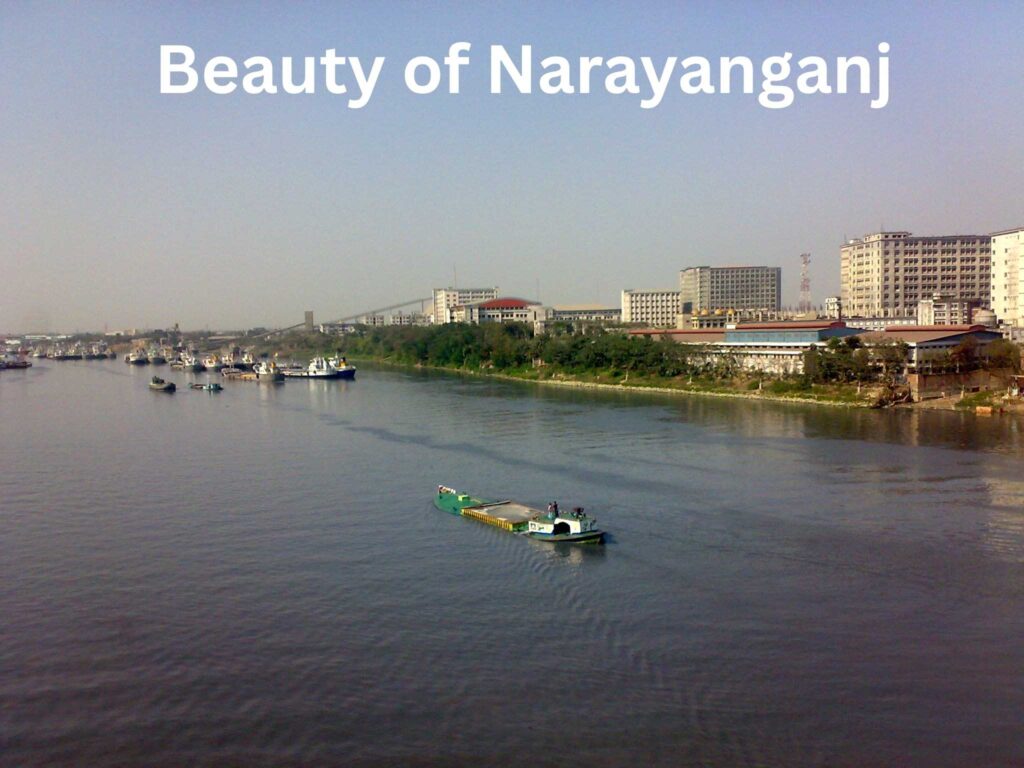
The historical accounts of Narayanganj, the “Dundee of the East,” are the rich, often untold, side of this river port city. One of the attractive sites in the city, which serves as the main point of textile industries, is the Shitalakshya River. Sitolaksya is home to the Goaldi Mosque, which is a many centuries old sanctum and the first step in expanding mosque architecture during the Sultanate period.
It is remarkably popular with historical pilgrims alongside other markets where highly skilled craftsmen trade their art in the form of jamdani sarees. This order is incredibly unique as Narayanganj is the heart of the Jamdani saree industry in Bangladesh. Beyond that, travelers or the natives get to relish the ancient temples, colonial houses, and the ever-bustling textile industry. As of mid-2023, the proximity to Dhaka adds considerable delays and makes it more popular among people with archeological interests. Narayanganj citizens have reported extensive traffic jams leading to Dhaka.
Best time to visit Narayanganj
During the months of November to March is the best time to visit, as the weather is cool and dry, making it favorable for river cruising, walking tours, and sightseeing.
Things to Do in Narayanganj
Sail down the Shitalakshya River and discover historic ports and traditional ghats. Explore the ancient Goaldi Mosque, which is about 300 years old, and explore Sonargaon as well. Sonargaon was the ancient capital of Bengal and a destination for the Folk Art Museum. Wandering through Panam Nagar, an abandoned city with colonial buildings and quiet streets, is perfect for tourists and photographers. Try fresh river fish at local restaurants. Buy authentic Jamdani sarees from local Markets. Explore local festivities to deeply understand the vibrant liveliness of Narayanganj and an interesting part of Bangladesh’s history. These are the things to do in Narayanganj.
How to reach Narayanganj
It is situated 20 km from Dhaka and can be reached in under an hour by train, bus, or even by boat. The centrally located capital makes Narayanganj easily accessible.
Things to Do in Dhaka: Final Thoughts
With the culture harmoniously blending with nature, Dhaka is beautifully overwhelmed. Breathtaking views await you at every corner of Dhaka, whether you’re venturing into its vibrant metropolitan areas or heading towards its expanding greenbelt zone, the Gazipur. The capital itself has an endless supply of things to do/experience.
Exploring ancient forts, shopping tours around the city, handwoven sarees, and many more are a must when taking a relaxing cruise around the river. Seeing the rich blend of metropolitan and rural areas constructs an aura that captures the true identity of Bangladesh. I am sure the adventure-filled visit to uncover the many wonders of Dhaka would be full of life and joy. Confirm to visit early; otherwise, you will run out of time, as time waits for nobody.
FAQ about the best places to visit in Dhaka
What are the top activities in Dhaka?
Touring around the well-known arena or locations of Dhaka is the most common thing to do.
What makes Bangladesh unique?
Bangladesh is notable for an extraordinary medley of pre-modern culture, the never-resting street life, the massive Sundarbans mangrove forest — the largest on the planet — and its rich textile traditions.
Where do foreigners live in Bangladesh?
Many foreigners stay in the Gulshan, Banani, and Baridhara areas of Dhaka due to the optimal security, excellent amenities, and high quality.
What is Dhaka famous for?
The city is popular for its dynamic rickshaw, craftsmanship, tempting Ancient Dhaka biryani, beautiful jamdani saree, and Mughal buildings.
What are some good day trips that can be taken from Dhaka?
Absolutely! You can take day trips to Sonargaon, Savar, and Gazipur outside Dhaka.
Is Dhaka worth checking out?
It provides an opportunity to experience the country’s vibrant culture, to tour historic sites, and to see genuine Bangladesh city life.
